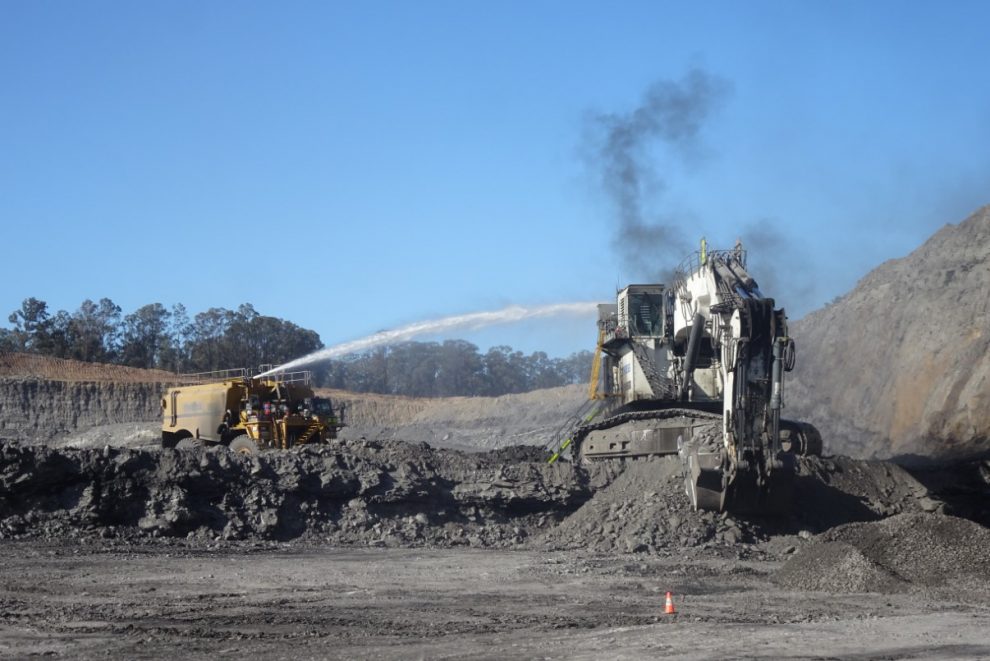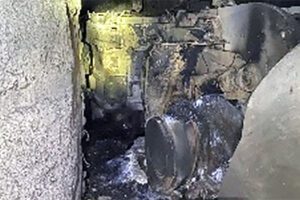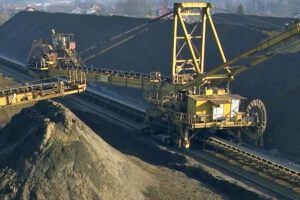An excavator fire at an open cut coal mine was extinguished using an onboard fire suppression system and additional support from a water cart.
The NSW Resources Regulator has confirmed the incident in a release. It says that “An excavator at an open cut coal mine was operating during production when a fire occurred.”
“The on-board fire suppression system was activated allowing the worker to safely egress the machine without injury.”
“Further cooling via water cart was required to fully extinguish the fire. The fire occurred in the engine bay of the excavator, with the specific cause still to be determined.”
The Regulator is urging mine operators to conduct thorough investigations, by a competent person, to determine the root cause of any fire that occurs on mobile equipment.
READ RELATED CONTENT
- Excavator fire on return to service
- Dozer burns on blast heap
- Dafo fire protection systems
- Mining truck fires a key concern for injury
It says an investigation should include :
- fuel source and heat sources
- surface temperature value
- cause of the fire
- controls to prevent reoccurrence, such as reducing engine component surface temperatures and segregating fuel sources from areas of high temperature
- training workers to identify fire risks, such as fuel or oil leaks, or worn hoses
- review of the fire risk assessment for the item of plant.
Mine operators should also report the issue to the equipment manufacturer.
In early September an operator of a haul truck at Peabody operations died from injuries sustained in the fire.
In another incident, a fire occurred on the surface of an underground metalliferous mine when a dump truck exited the portal. The fire suppression was activated which automatically extinguished the fire.
The investigation identified that the radiator pump assembly’s o-ring in a hose/valve block arrangement failed, causing a mist of hydraulic fluid to be sprayed over a hot engine. The oil made contact with the engine because a cover had been left off. The cause of the o-ring failure was due to incorrect torque applied to the hose/valve block fitting.
Recommendations to industry
Mine operators should review maintenance procedures to ensure that the manufacture’s torque settings are applied to fasteners.
Mine operators should review maintenance procedures to ensure commissioning checks are carried out by a competent person before the plant is returned to service as fit for purpose.
Image: NSW Resources Regulator
Read more Mining Safety News














Add Comment